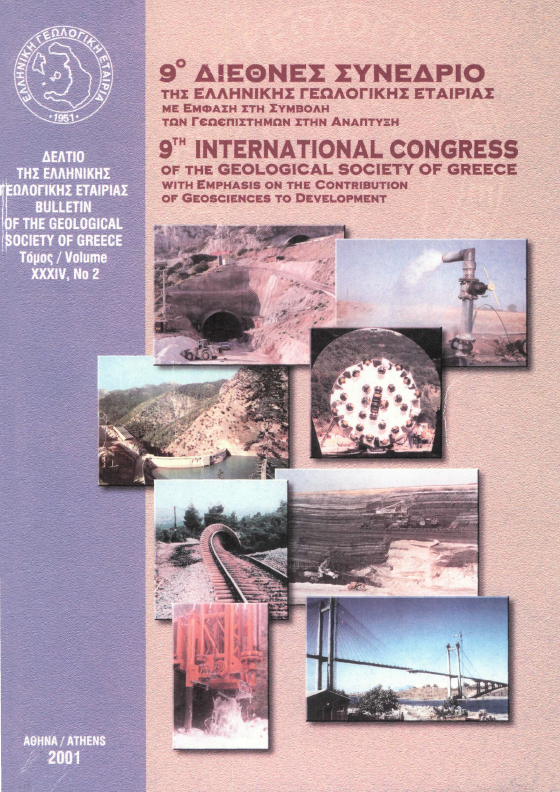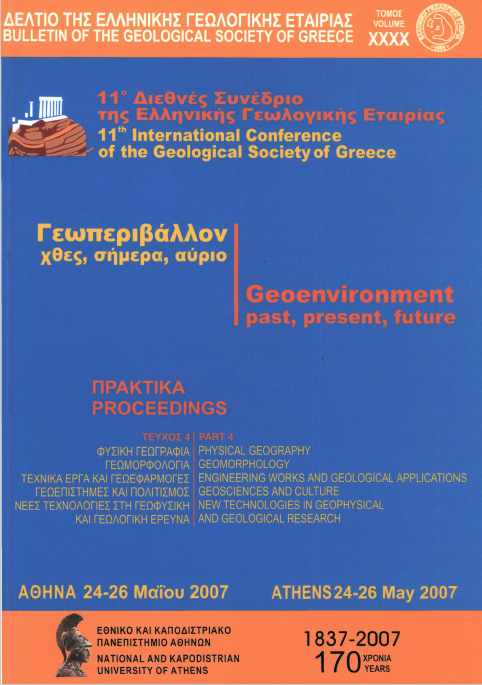RECENT SEDIMENTARY PROCESSES IN THE WESTERN GULF OF CORINTH, GREECE: SEISMIC AND ASEISMIC TURBITIDES

Abstract
The Corinth rift is counted among the most active tectonic grabens in the world, with extension rates up to 15 mm/yr (Western part). These high extension rates are associated with very strong seismic events that are, occasionally, responsible for submarine mass movements. These movements, their consequential bottom currents, and the differential river-discharging sediment accumulation in the whole gulf, strongly affect the modern marine sedimentary processes. The definition and understanding of these processes is the main aim of this project. This is attempted through via sedimentological, mineral and geochemical analyses on sediment samples from two ~1.1 m long, sediment cores from a WE submarine canyon (10 km long, 3 km wide) that lies in the Western tip of the gulf. The general sedimentation motif reveals the presence of hemipelagic deposits which are occasionally interrupted by sandy turbidites. Occasionally, these turbidites seem to have seismic origin. The sedimentation rates range between 2.57 mm/yr in the western part and 0.67 mm/yr in the eastern part.
Article Details
- How to Cite
-
Sergiou, S., Beckers, A., Geraga, M., Papatheodorou, G., Iliopoulos, I., & Papaefthymiou, H. (2016). RECENT SEDIMENTARY PROCESSES IN THE WESTERN GULF OF CORINTH, GREECE: SEISMIC AND ASEISMIC TURBITIDES. Bulletin of the Geological Society of Greece, 50(1), 383–391. https://doi.org/10.12681/bgsg.11739
- Section
- Marine Geology and Oceanography

This work is licensed under a Creative Commons Attribution-NonCommercial 4.0 International License.
Authors who publish with this journal agree to the following terms:
Authors retain copyright and grant the journal right of first publication with the work simultaneously licensed under a Creative Commons Attribution Non-Commercial License that allows others to share the work with an acknowledgement of the work's authorship and initial publication in this journal.
Authors are able to enter into separate, additional contractual arrangements for the non-exclusive distribution of the journal's published version of the work (e.g. post it to an institutional repository or publish it in a book), with an acknowledgement of its initial publication in this journal. Authors are permitted and encouraged to post their work online (preferably in institutional repositories or on their website) prior to and during the submission process, as it can lead to productive exchanges, as well as earlier and greater citation of published work.







